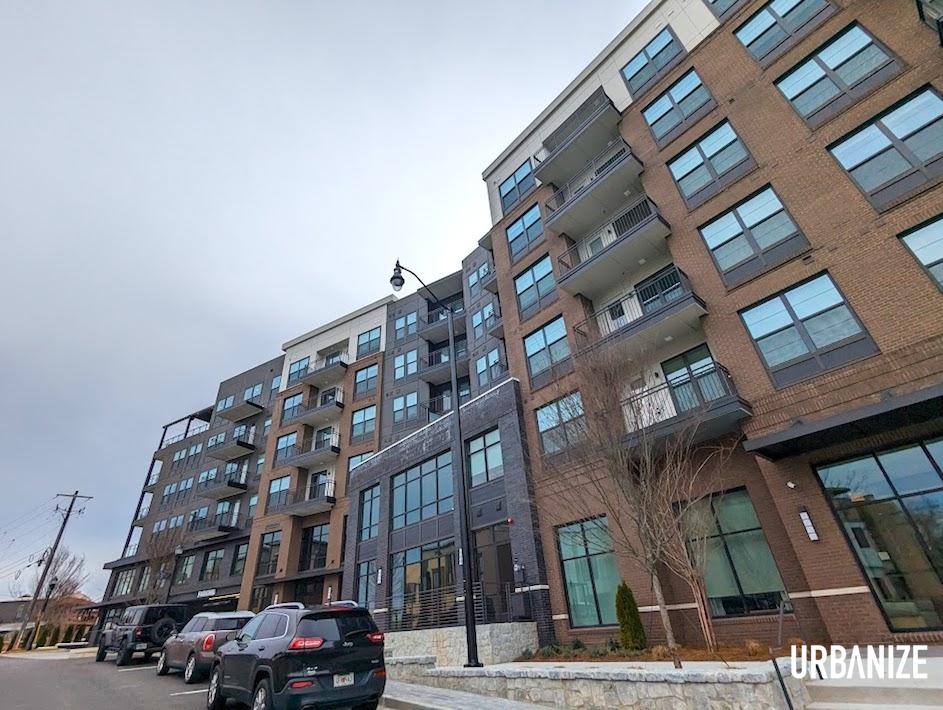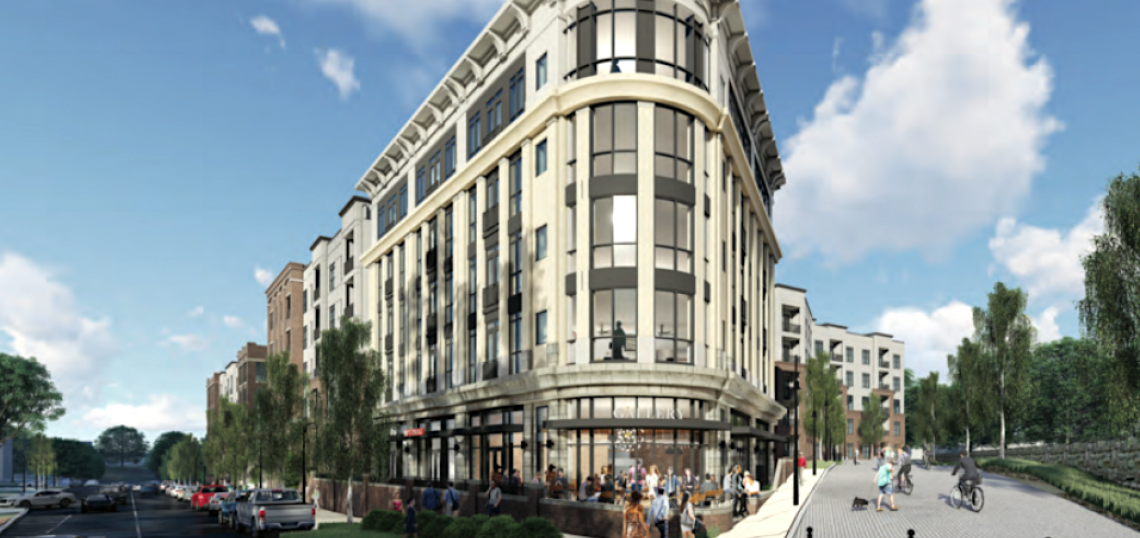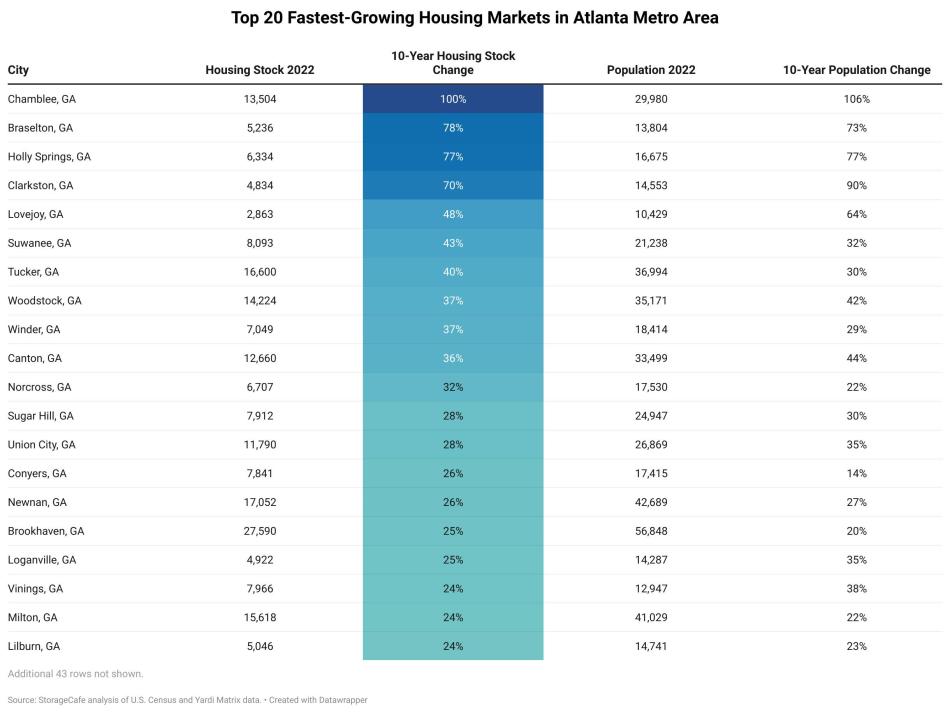Devout intowners who consider anything beyond Atlanta city limits—let alone, gasp, OTP—hostile territory could be surprised: The population boom Georgia’s capital has been experiencing for more than a decade is happening in all corners of the metro, too.
To help put that in context, a new StorageCafé study examined housing stock and population trends in nearly 4,100 U.S. cities, finding that suburban and exurban markets around Atlanta are outpacing growth in the city’s urban core, at least in terms of percentages. (Lest we forget the City of Atlanta’s growth rate has outpaced every county in the metro recently, according to the Atlanta Regional Commission’s official 2024 population estimates released last month.)
As with other metros, the “suburban boom” has created vibrant urban centers with new identities out of former ghost towns ringed by subdivisions, as analysts found.
In metro Atlanta’s case, the north ITP city of Chamblee has led the charge in terms of growth rates over the past decade, according to researchers with StorageCafé, a national search service for storage spaces that tracks growth trends.
Chamblee’s multifamily offerings have cropped up like mushrooms around the city’s once-quiet historic center in recent years—with hundreds of more units in the pipeline—and that’s reflected in the data.
Between the waning days of the Great Recession in 2012 and 2022, Chamblee’s population ballooned by 106 percent to nearly 30,000 residents as the housing stock doubled.
According to the study, Chamblee’s relative affordability has played a central role in the explosive growth, with home prices climbing by 65 percent over the past decade—as compared to a whopping 88 percent in nearby Atlanta.
 How Lumen Chamblee's retail facade and parking garage entry are arranged along American Way, a block west of Peachtree Road, the city's de facto Main Street. Josh Green/Urbanize Atlanta
How Lumen Chamblee's retail facade and parking garage entry are arranged along American Way, a block west of Peachtree Road, the city's de facto Main Street. Josh Green/Urbanize Atlanta
The second strongest performer has been Braselton in Atlanta’s far northeastern suburbs, where the population has swelled by 73 percent and nearly all of its multifamily housing stock has been built within the past decade. The city’s housing stock climbed by 78 percent in that time period, the study found.
Meanwhile, per StorageCafé’s research, the City of Atlanta’s overall housing stock has inched up, relatively speaking, by just 14 percent over the past 10 years—through it was obviously much larger in the first place.
Rounding out the top 10 in terms of metro Atlanta housing stock growth are Holly Springs (where work-from-home rates have exploded by 196 percent), Clarkston, Lovejoy, Suwanee, Tucker, Woodstock, Winder, and Canton, respectively.
More broadly, the study found that housing expansion has been overwhelmingly concentrated in the South. Texas counts seven suburbs among the 20 fastest-growing in the U.S., and Florida counts five, per the study.
As major cities go, researchers found that Austin has expanded the most in terms of overall housing inventory growth rates, followed by Forth Worth and Seattle.
...
Follow us on social media:
Twitter / Facebook/and now: Instagram
• Chamblee news, discussion (Urbanize Atlanta)







